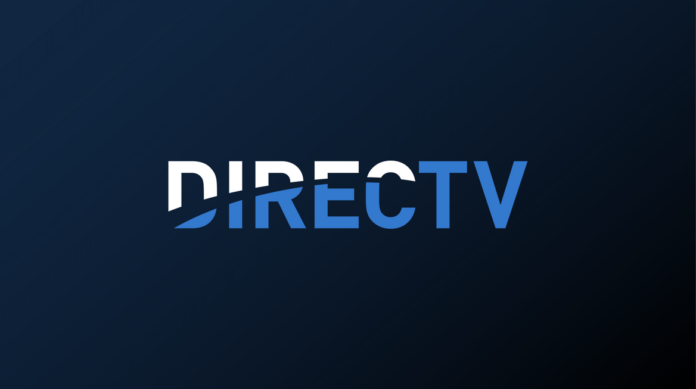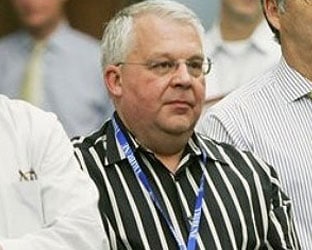It’s been stated that many who pay for MVPD services, whether from a cable television provider or a direct broadcast satellite company, largely consume their local broadcast channels more than the plethora of channels found exclusively on non-broadcast subscription-based lineups.
Yet, in a move that some may perceive as an anti-retransmission consent decision, DirecTV on Sunday officially went live with an offering that effectively eliminates all over-the-air broadcast stations — positioning it as a cable-only lineup.
Introducing the new “No Locals” option from DirecTV.
As DirecTV sees it, it is a new feature that allows new and existing satellite customers to opt out of their local stations for as long as they want.
If they elect to do so, they’ll receive a corresponding discount of $12 per month.
“You’ve heard us say several times that we must free up customers to have more choice over what they want to pay to watch in their homes,” the DBS provider said in email communication distributed early Sunday, Pacific Time. “We’ve pitched a la carte pricing for local stations and want to begin moving toward more modular packages that enable consumers to better meet their specific content interests while also balancing their budgets.”
Alas, DirecTV says “the cost to retain local broadcast stations via satellite, cable, and now streaming, has soared, while also creating blackouts that hurt consumers and make them distrust the entire process.”
Of course, this is the cable TV industry’s view on carriage fees, and the desire of broadcast television stations — aided by the NAB — to get what they perceive to be their fair share for the right to distribute their channels.
Indeed, retransmission consent revenue, regardless of its company-by-company nomenclature on its quarterly earnings reports, has risen dramatically over the last several years. As RBR+TVBR has reported, some major publicly traded television broadcasting companies now generate more revenue in a quarter from retrans fees than from core advertising.
Is this troubling for the industry? Station owners say no — only that they deserve higher rates due to investments in ATSC 3.0, local news, sports and community-focused programming only they can deliver.
In contrast, the cable television advocacy organizations most vocal on Capitol Hill have pushed a narrative that retransmission consent is broken — especially now that the FCC is considering extending this payment arrangement to virtual MVPDs including YouTube TV and Hulu’s live TV packages.

A central figure in many Capitol Hill testimonies supporting the cable TV industry viewpoint has been Robert Thun, today the Chief Content Officer of DirecTV.
As Thun sees it, “Consumers have been voting with their wallets for years that pay TV – as currently constructed – is too
expensive and restricts their choices. Our new ‘No Locals’ package enables customers to take an important step forward in culling out certain types of content they may no longer care to watch and better balance the price they are willing to pay.”
What’s notable about this option to receive “content they may no longer care to watch” is that none exists for the elimination of never-watched cable television channels customers pay for in their monthly subscription.
As such, this “greater choice” is in direct response to the thorny retransmission consent negotiations DirecTV has seen with numerous station ownership groups of late.
A la carte pricing for those, for example, who only want FOX News, ESPN, The Weather Channel and HGTV — and nothing else — is not an option.
What is a growing option, however, are free ad-supported television networks, or “FAST” channels. From AirBNB homes to boutique bed and breakfasts, “live TV” is more than ever The Roku Channel or Samsung’s lineup of channels focused on particular programming by show or subject matter.
It therefore remains to be seen how many takers DirecTV will have in an environment where “cord-cutting” continues to grow as free-to-air television enters perhaps a period of strong growth.
Should a substantial number of DirecTV consumers opt out of receiving their local stations directly from the DBS service, DirecTV — and Thun — could end up with a new negotiation tool, resulting in lower retransmission consent rates for broadcasters.
That said, the option to drop local TV channels and add them back at a moment’s notice — much akin to those who add a subscription video-on-demand offering such as MGM+ and then drop it after binge-watching a series — is a reality.
“Interested customers can take this new feature for a test drive starting today and use it to opt out of their usual local station access during non-peak programming months – like the summer – and then resume in the fall or whenever they choose,” DirecTV says.
The announcement from DirecTV spurred its direct broadcast satellite rival, Dish, to reach out to RBR+TVBR with commentary of its own, telling DirecTV, “Welcome to the club!” How so? “Dish has been offering this capability to customers for years,” a company representative says.
How many DISH customers, percentage-wise, currently opt out of local channels? A request for comment was sent to Dish by RBR+TVBR. Dish’s response? “The information you are asking about is proprietary information we don’t provide to the public.”
RBR+TVBR then asked why Dish did not offer an a la carte option for those who only wish to pay for the handful of cable TV channels they consume.
As RBR+TVBR awaits a response, whether or not consumers interested in “greater choice” will elect to remove their local TV channels remains the big question broadcast television industry leaders will likely be following as the months progress.





